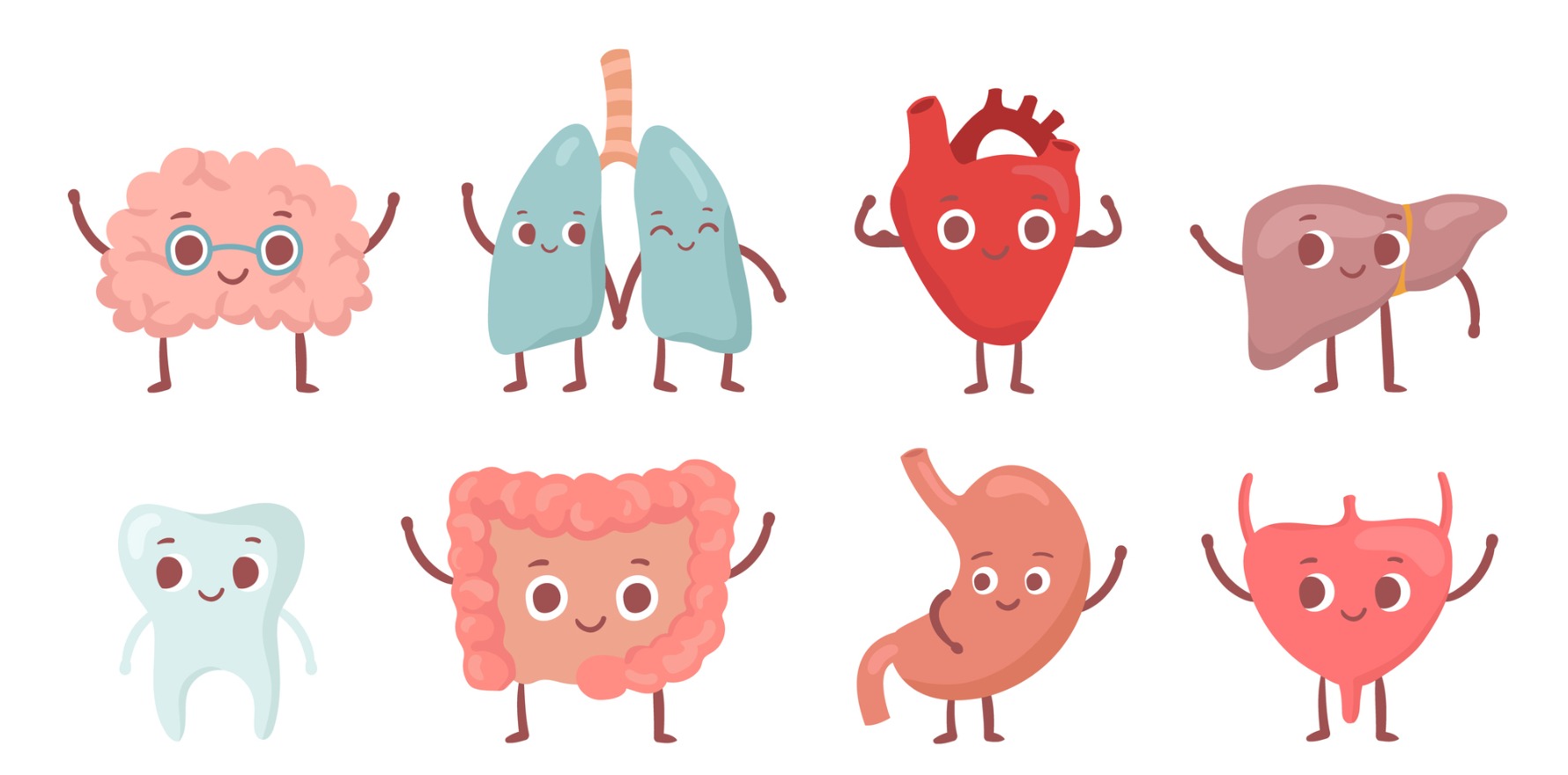Facilitating the process may help close the looming gap between the need for transplants and available organs.
Researchers are calling for national best practice guidelines to encourage organ donation after assisted dying, a process which is “legally and clinically feasible” in Australia and may help slow the current transplantable organ shortage.
Voluntary assisted dying is now lawful in Victoria, Tasmania, WA, Queensland and SA, with NSW to join the ranks towards the end of this year.
Given that an estimated 10% of people eligible for assisted dying are likely to be suitable for organ donation, facilitating the process could provide hope for the almost 2000 Australians waiting for organs, as estimated in 2022.
Speaking to The Medical Republic, Dr Neera Bhatia, Associate Professor at Deakin University, said that the paper recently published by the Medical Journal of Australia, which she co-authored, was a “call to action” for an “extremely worthy cause”.
“We already know that Australia has a shortage of organ donors,” she said.
“We know that even one person who donates their organs after voluntary assisted dying, their organs don’t just potentially save one person, those organs can potentially save five or six lives.”
Although there is broad uniformity on VAD eligibility in Australia – patients must be over 18, of sufficient decision-making capability, diagnosed with an incurable medical condition resulting in mortality within six months, or 12 for neurological disorders – there are notable state-specific variations that could make national guidelines complex, according to the researchers.
One such variation is Tasmania’s exception to the conditions on life expectancy, allowing broader consideration of a person’s condition to shape the decision on eligibility for assisted dying.
Other states may allow exceptions to the residency requirements – which stipulate patients must be citizens or permanent residence and have lived in the state for 12 months – for people who can demonstrate a “significant connection to the state” or under compassionate grounds.
Beyond the VAD legislation, patients would also need to abide by organ donation legislation. Currently in Australia, this requires consent by the patient’s family, irrespective of the deceased’s wishes.
But provided that state-specific and national requirements are met, the researchers said there should be no legal barriers to organ donation after VAD in Australia.
“Despite some differences in state legislation, especially pertaining to eligibility criteria, conscientious objection by medical practitioners and initiation of VAD discussion, if all the relevant legislative requirements for both VAD (relevant for each state) and organ donation are independently and separately complied with, we do not foresee any obstacles to the practice,” they wrote.
However, procedural roadblocks may remain.
Currently, patients who choose assisted suicide may be eligible for organ donation in Belgium, the Netherlands, Spain and Canada, but the VAD and organ donation processes must be performed separately, and donation can only be discussed after eligibility for VAD has been established.
Dr Bhatia emphasised the importance of mirroring these processes in Australia to avoid “coercion”.
“The key element to combining VAD and [organ donation] in a sound practical, legal and ethical way is to ensure a clear separation between the two processes. Given that a person must request VAD themselves, it is unlikely that there will be any potential for coercion for organ donation,” the paper said.
In line with other countries offering organ donation after VAD, Dr Bhatia also said that for procedural ease, the VAD process may be most efficient in when performed by a medical practitioner in a hospital setting.
In Victoria, legislation currently only allows medical practitioner-administered VAD where self-administration is not possible. But this does vary in other states, such as WA where patients can choose whether to self-administer or have VAD practitioner administered.
Dr Bhatia hopes that national guidelines enabling organ donation could allow “a person who is dying with a terminal illness and has opted for VAD to feel like they have autonomy not only in the process of their own death but in helping others, leaving some sort of legacy of their own life, if you like, behind. And saving lives.”
According to the researchers, national guidelines must be informed by a wide breadth of stakeholders, including medical professionals and families, as well as broad societal feedback.
The authors highlighted four key points that must be included in the guidelines:
- ensuring organ donation is only performed after patients are considered legally dead
- adherence to each state/territory based VAD legislation
- adherence to the national guideline for organ donation after circulatory death, which might also include some discussion about informed consent to organ donation before VAD occurs
- consent of the closest relative
Dr Bhatia noted the central role of GPs in discussions of VAD and therefore their “integral role” in facilitating discussions regarding organ donation.





